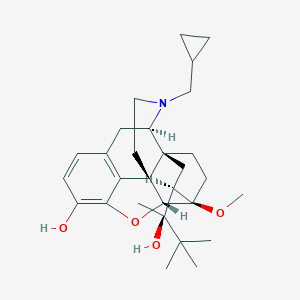Abstract

How to taper off Suboxone
Many patients want, understandably, to get off of their medications due to multiple reasons including cost, however we do not stop taking our insulin or kidney medication just because we feel like it. This is high risk impulsive behavior typical of the addicted patient. Since the risk of relapse and overdose increases dramatically during Taper or discontinuation of Suboxone, we suggest following the plan that we have seen as the most successful thus far for how to taper off Suboxone.
In the past, the medical community’s mindset was to taper patients off of buprenorphine ASAP (3-day Suboxone taper, 5 day Suboxone taper, 7 day Suboxone taper to a max of 1 year) for no other reason than ?… they thought the patient should just have the willpower to say no and go to AA/NA. Insurance companies would not pay for the medication for more than a year because they felt that the patient should be cured within that time. This is akin to telling a Diabetic or Parkinson’s patient that they should be cured in 3 days to a year and that they cannot have their medication anymore. Absurd.
We now know that opiate dependence is a “chronic relapsing disease” of which one part (the satisfaction of mu receptors) can be helped by medication hopefully allowing the patient time for their brain to heal.
We also now know that there are 3 systems in the brain involved in opiate dependence and recovery. There is mu receptor overgrowth, limbic system imbalance and dopamine/serotonin down regulation.
Via scientific research, direct observation and case studies we believe that mu receptors (craving) will resorb if they are not stimulated by opiates.

If you feel the need to try to stop taking buprenorphine, once you are stable, (weeks, months or years), your dose could be slowly brought down to a minimum and then ideally to a complete stop. If the taper or discontinuation of Buprenorphine is done too quickly, the mu receptors may not resorb and as craving and withdrawal symptoms reappear, the relapse risk increases dramatically. We need to be careful (due to relapse risk) not to start the taper until you are completely stable and you are able to withstand “tapping the dose floor”. Instead of the fixed time taper, a floor bumping custom taper would is most often more successful in prompting the resorption of the mu receptors through non use as long as there are no relapses to re-stimulate them. The proposed process then would be; to reduce the “current dose” by about 25% every 2 months or so until the emergence of symptoms. “Testing the dose floor”. If the symptoms return or are not tolerable, the dose would then be slightly raised back up, giving back half of what was taken away and then allow stabilization at that new dose for at least a month. Repeat. 25% reduction of the new current dose. etc
As the mu receptors recede, we want to work on up-regulation of your dopamine system (to help with the associated dysphoria). This would first be done by educating you as to the actual way that your brain is injured, how that injury affects you as far as what you are feeling and why and what needs to be done to heal it. Therapeutic counseling at this point or sober coaching support can be very valuable. Some patients depending on the depth of their dependence will easily reduce for a while and then get stuck for months to years at a low but comfortable dose and then after a long stabilization, continue to reduce. Some people can not ever go to zero just like any other disease controlled medication.
For some, taking Suboxone for life is an option. For others, tapering off of Suboxone is an ultimate goal. To taper off of Suboxone, patients should work with their doctor on a specific plan to taper slowly, minimizing the potential of a relapse. Some doctors will recommend a Suboxone taper chart to help a patient track their progress. How fast someone tapers off of Suboxone all depends on the patients and doctors goals. One should work with their doctor to calculate how much they should go reduce their dosage over time. Some doctors will recommend a Suboxone taper calculator to help a patient track their progress. There are many Suboxone taper stories of patients who have successfully tapered off of Suboxone. To have the highest probability of successfully tapering is when patients work with their doctor to develop a long term plan while tapering and after they have successfully tapered off of suboxone.
We would then start a Dopamine/Serotonin up-regulation protocol.
More about brain damage, the symptoms and healing methods in another article.
We have Suboxone doctors near Rockford, Northbrook, Tinley Park, North Aurora, and Bloomingdale, Illinois. Contact us today to begin your customized recovery program.
